A 3D printer can quickly turn into one of the most valuable tools you own, especially when it comes to replacing some things you'd otherwise buy over and over. From custom storage to everyday household fixes, the ability to make precisely what you need means you'll stop reaching for your wallet quite as often. If you're looking for ways to stretch your budget or just enjoy a bit of hands-on problem-solving, these practical items are easy to print and surprisingly durable. Some take only a few grams of filament, and they often outperform their store-bought versions in both fit and function.
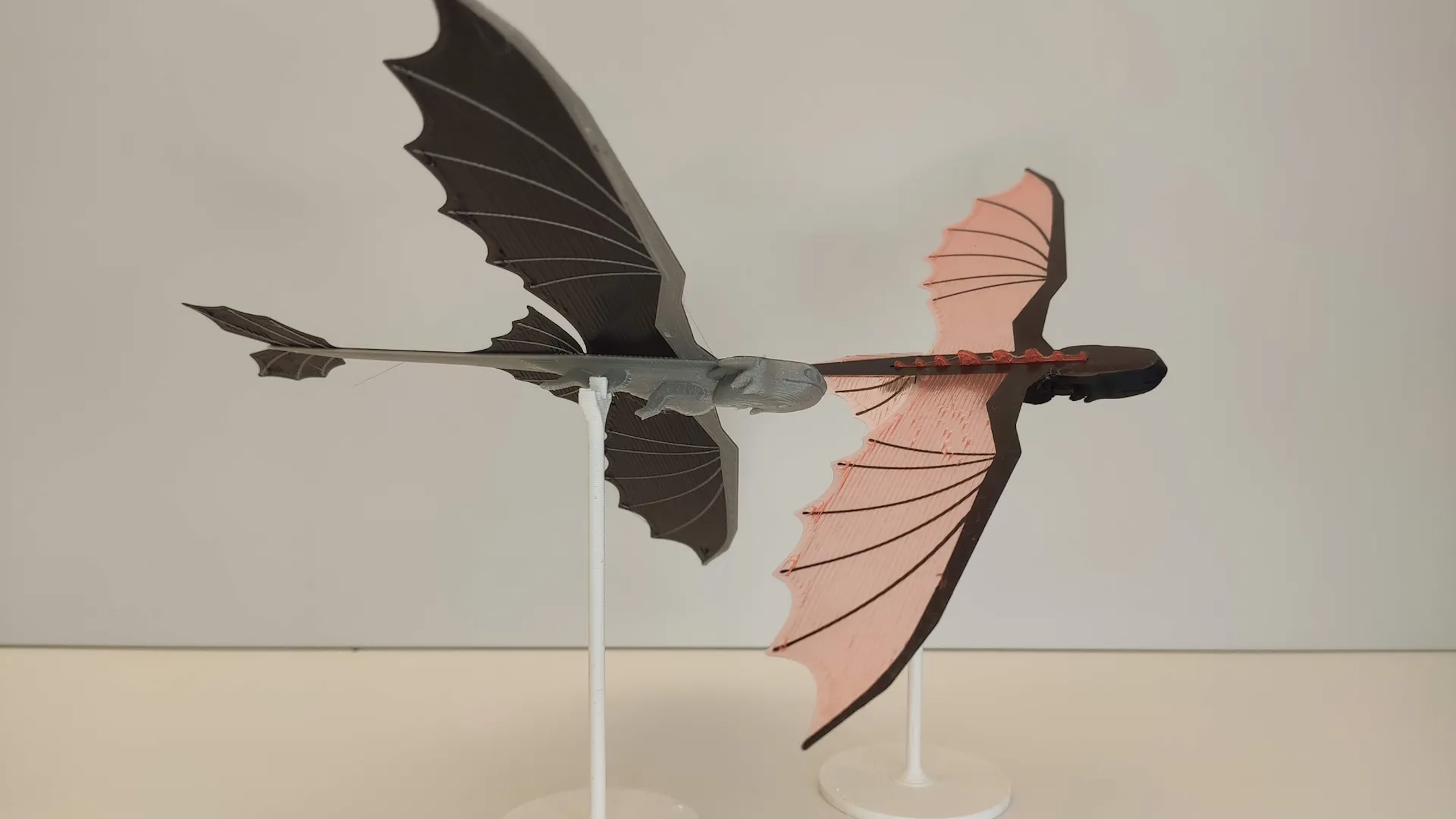
Related
5 3D-printable flying projects I made at home
Who says 3D printed projects have to just sit around and collect dust?
6 Keep your phone, headset, or other electronics upright anywhere you need
Print sturdy holders for every device you own
Whether you're watching videos in bed or joining Zoom calls at your desk, a 3D-printed phone stand gets the job done without the markup. There are countless designs online, ranging from simple single-piece cradles to adjustable angle stands. You can even print mounts that clamp to your monitor or tripod, turning any surface into a phone-friendly workspace. These work exceptionally well for makers who jump between different devices throughout the day.
One of the best parts is how easily it can be customized. Need a wider stand for a phone with a bulky case? Just adjust the model before slicing it. Want a charging dock that fits a specific cable? Add a pass-through hole or slot that fits the connector. You're not locked into a generic option that barely works.
Durability is rarely an issue. Printed stands hold up well to daily use and don't require much post-processing. For parts with moving hinges, a little sanding or a dab of silicone grease can keep everything smooth. After your first successful print, you'll stop browsing Amazon for phone stands entirely.
5 Squeeze every last drop from tubes
Print useful gadgets to reduce waste
Toothpaste tube squeezers are one of those clever little tools that save frustration and money. Instead of leaving toothpaste behind or buying a clunky metal key roller, you can print your own. These often feature a slotted design that lets you roll up the tubes smoothly and evenly. Some are even designed to stand the tube upright, helping free counter space.
The designs are usually compact and print quickly, taking under an hour with very little filament. Some options also work with other products, such as lotion tubes or paint supplies. If your household uses different brands, it's easy to size the model to match each one.
You'll find that PLA is more than strong enough for this task. The finished squeezer is reusable, washable, and lasts far longer than the plastic ones from the store. It's an easy way to reduce waste and never worry about overpaying for a basic tool again.
4 Turn AA batteries into C or D batteries to keep that flashlight lit
Extend battery usefulness without a trip to the store
If you ever find yourself out of C or D batteries for your flashlight but have a drawer full of AA batteries, a 3D-printed adapter can save the day. These simple sleeves allow AA batteries to fit snugly inside devices that require larger cells. It's a clever workaround that costs almost nothing but can revive old remotes, toys, or lanterns in a pinch. The design is simple and works reliably for low-drain devices.
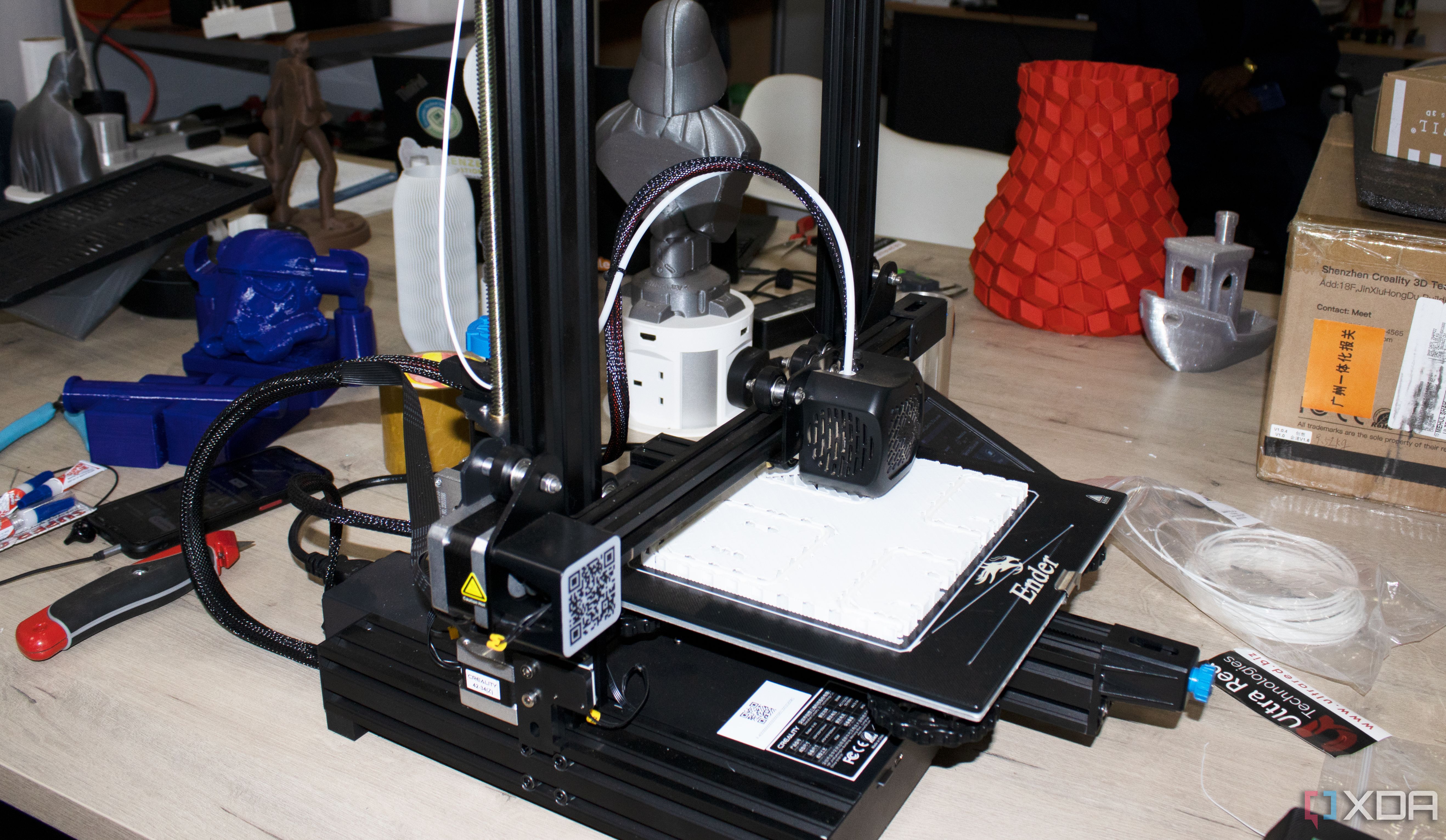
Related
10 accessories you can 3D print for your home office
Organize your setup with these cool and functional 3D prints
The key here is that the voltage of a C or D battery is 1.5V, the same as that of an AA battery. The larger cells just have a higher capacity, so don't expect your AA workaround to last as long as the correct battery would. That being said, it's a relatively easy workaround to implement. Printing a set of adapters takes only a few minutes, and you can find models that include small spring extensions if needed. Some even include labeling or slots to hold the battery in place more securely. Once printed, these can be kept with your spare batteries for easy access.
You will want to use a sturdy filament, such as PETG, if the fit is tight or the device puts pressure on the battery casing. This isn’t ideal for high-drain electronics, but these adapters are perfect for emergencies and can stretch the life of your existing battery stash.
3 Seal open food bags with ease
Always have a way to keep food fresh
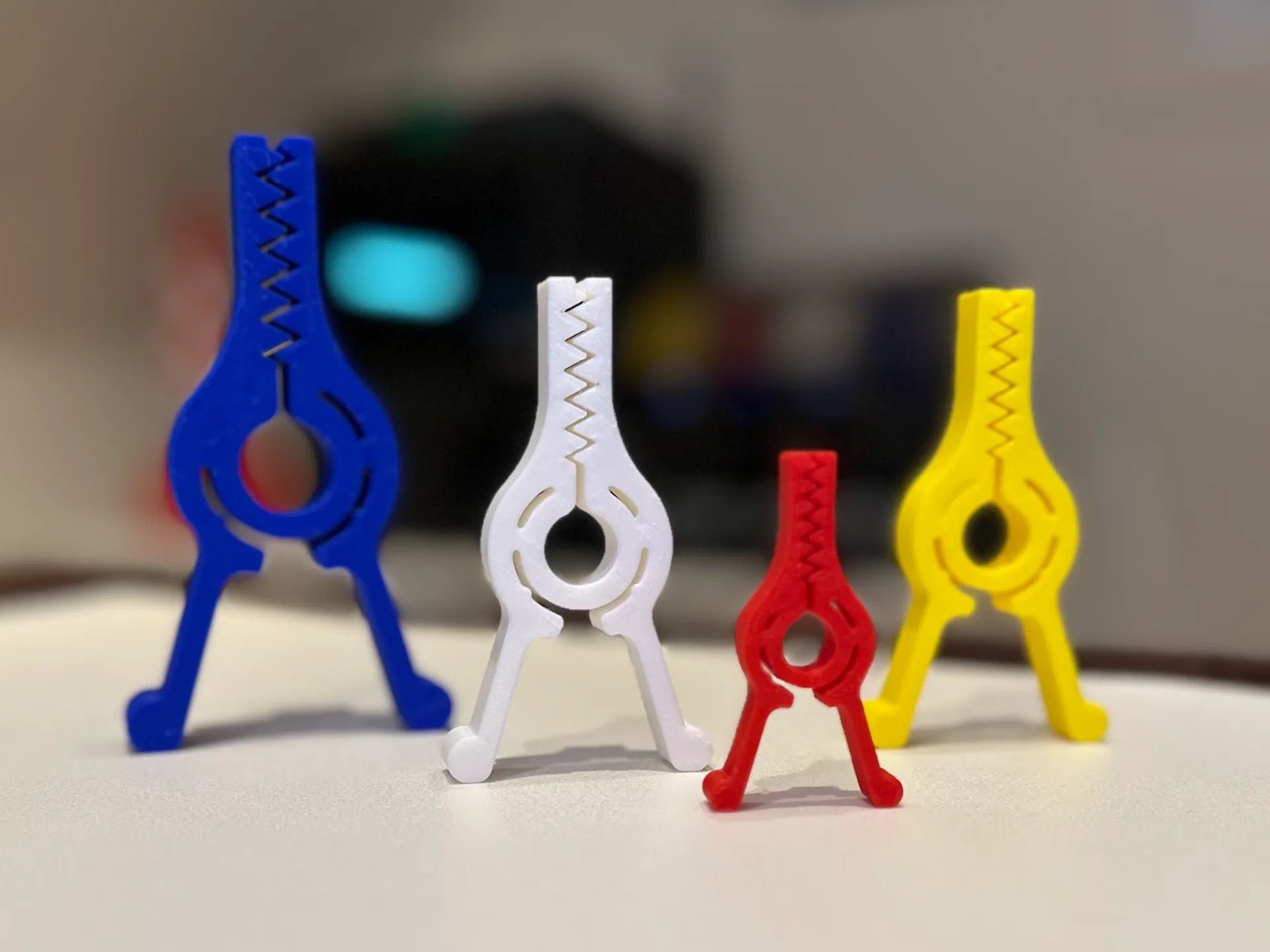
Source: Buzzzz/MakerWorld
Bag clips are the kind of item that always seems to go missing, yet they're incredibly easy to print. You can find dozens of clip designs online, from spring-style clamps to snap-fit closures. Some models even include integrated scoop features or magnetic backs for added convenience. Once you have a few printed, you'll probably start keeping a stash in your kitchen drawer.
These prints are a great way to test tolerances and get a sense of how your printer handles certain parts. Some clips print in place with working hinges, while others require a quick assembly. Most can be printed flat and finished within an hour, using barely any filament.
PLA works well for bag clips, though PETG or even TPU can offer a longer-lasting springiness. With a few variations on hand, you can stop re-buying cheap clips that inevitably crack. It's one of those minor but satisfying upgrades that make everyday life easier.
2 Build your own camera rig accessories
Customize mounts for cameras, lights, or phones
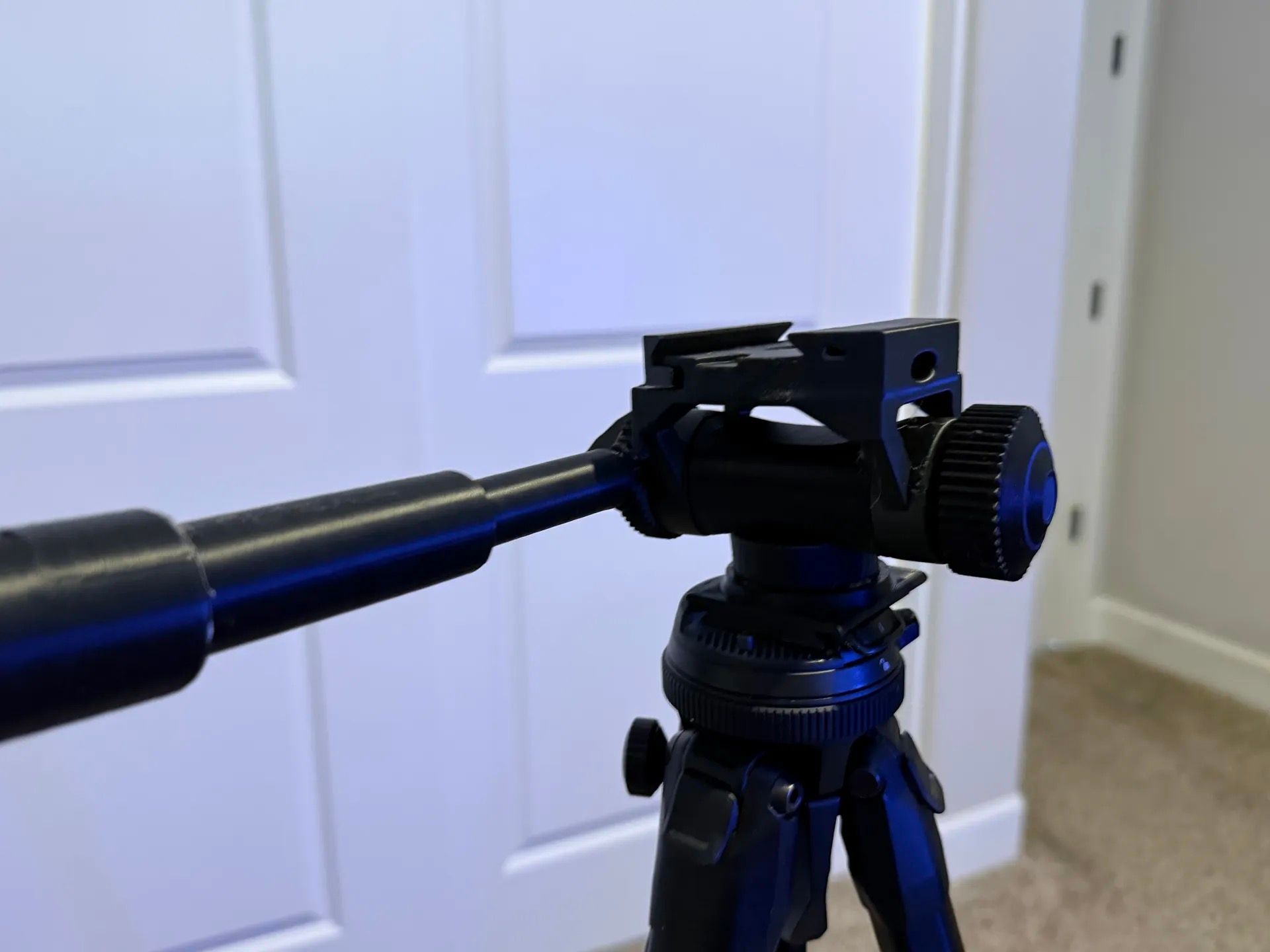 Source: CRV.3D/MakerWorld
Source: CRV.3D/MakerWorld
Camera gear is one of the most overpriced categories of simple plastic parts, especially mounts and accessories. With a 3D printer, you can create cold shoe mounts, GoPro adapters, quick-release plates, and even full tripod heads. These parts are often used in low-stress environments and hold up well with minimal finishing. Whether you're shooting video, lighting a scene, or mounting a webcam, 3D printing can fill in the gaps.
If you use custom rigs, such as desk arms or articulated mounts, printing your own connectors allows you to avoid mismatched parts. Many designs incorporate standard quarter-inch threads or mounting slots, and some even work with existing ball joints. You can personalize the setup to fit your workflow without compromising stability.
PETG is a good material for most of these prints, offering a mix of strength and flexibility. For more lightweight solutions, PLA still does the job. Once you start making your own gear, you'll wonder why those tiny brackets ever cost so much.
Print strong mounts for tools, keys, or decor
Wall hooks are another category of small purchases that disappear once you start 3D printing. From tool holders in the garage to a key rack by the door, it's simple to make exactly what you need. These prints can be sized to fit specific items, such as brooms, charging cables, or headphones. You control where and how they mount, which makes all the difference.
Designs with screw holes or adhesive pads work well for most walls, and you can scale the model for more support if needed. Filament choice does matter here. For heavier loads, you should stick with PETG or ABS. If you're printing hooks for light-duty tasks like hanging keys, PLA will work perfectly fine.
Custom labeling is also a fun bonus. You can add icons or embossed text to help everyone remember where things go. It's a quick, practical way to reduce clutter and avoid digging through drawers. Once you've printed a few hooks that actually work for your setup, you'll never buy another pack from the store.
Practical prints that save you money.
Owning a 3D printer changes how you think about everyday household items. Instead of accepting whatever the store offers, you get to create things that work better and cost less. Once you get comfortable with your printer and materials, it becomes second nature to design or download replacements. Most of these items are beginner-friendly, fast to print, and endlessly reusable. It's a satisfying way to save cash while tailoring your space exactly the way you want it.
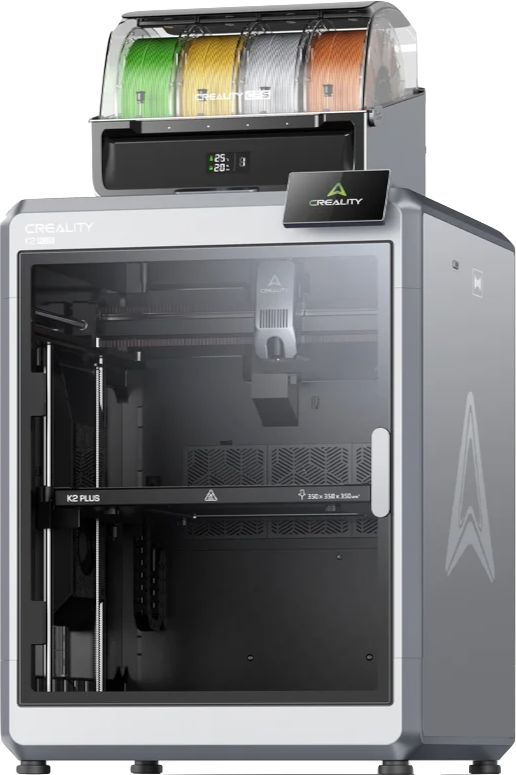
Build Volume 350 x 350 x 350mm
Printing Speed ≤600mm/s
.png)




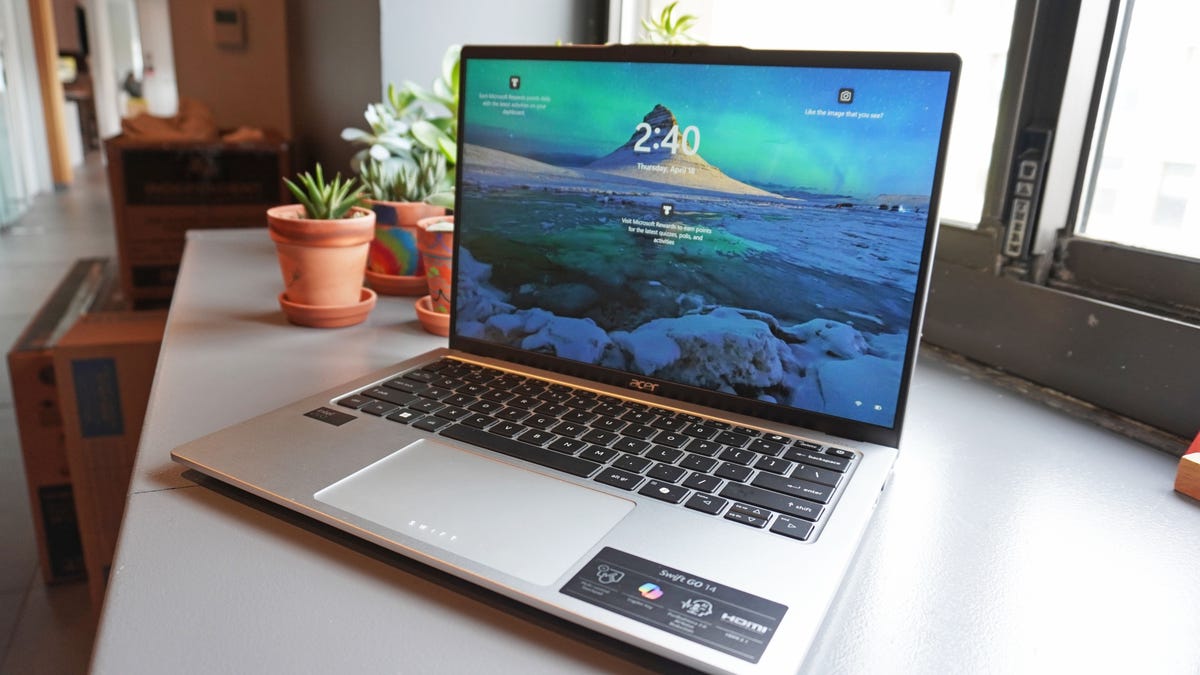






 English (US) ·
English (US) ·